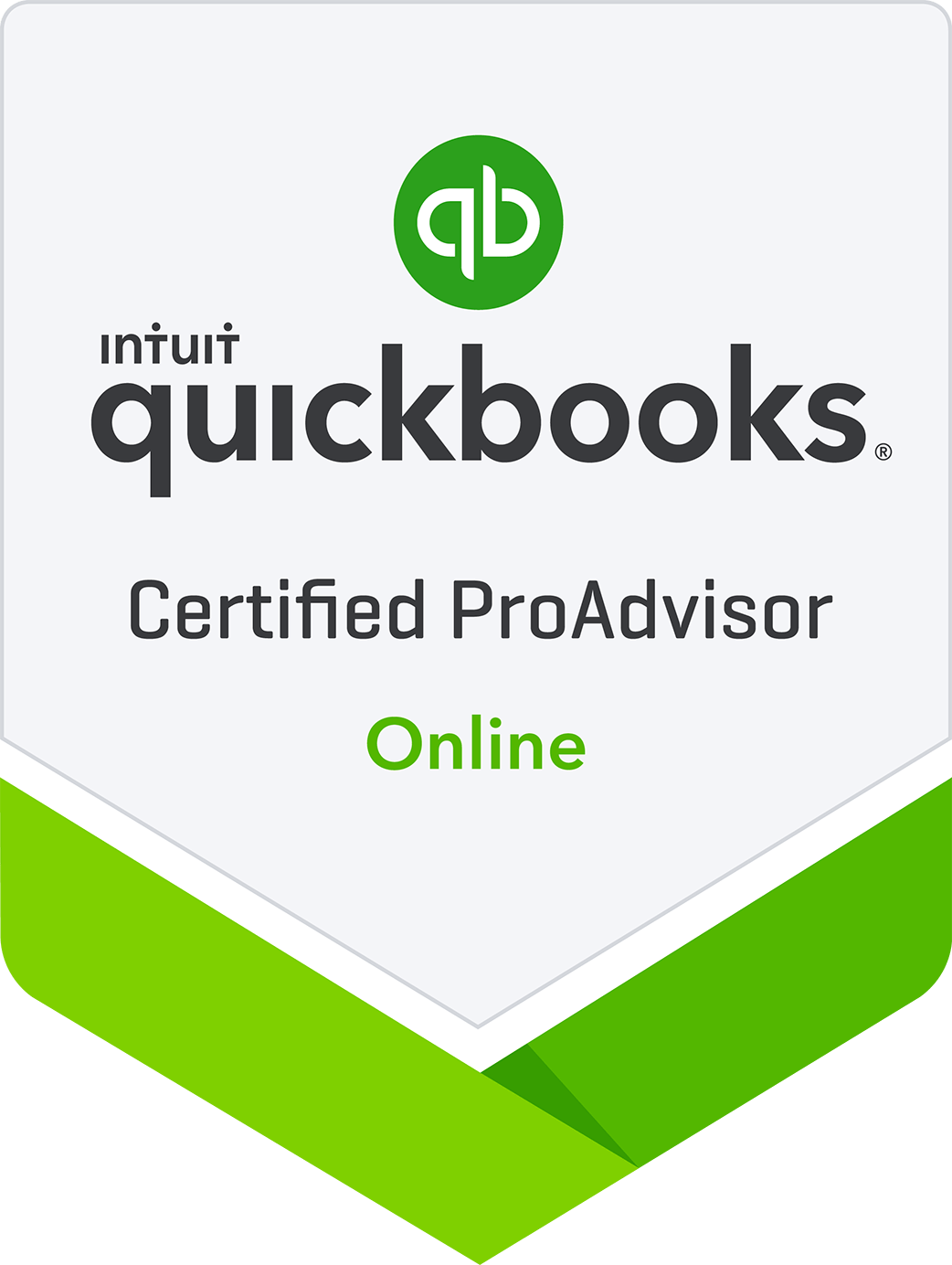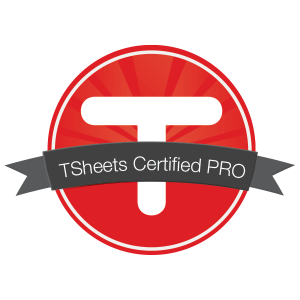While Net Profit and your cash balance are probably the first two numbers you look at on your monthly Profit and Loss Statement, don’t stop there. There are a lot more gems you can glean if you dig a little deeper and look through the following six lenses at your data.
- Automation Opportunities
Look at your labor detail reports as well as professional and outsourcing expenses to see what areas might be ripe for automating. Is your admin spending too much time scheduling meetings? If so, automate everyone’s calendars. Are you finding places where duplicate data-entry is driving up costs? Get Zapier or another integration solution.
On the flip side, cancel tech spending where you are no longer using the app and get those expenses off your books.
- Duplicate or Excessive Expenses
Where are you paying for things twice on your Profit and Loss Statement? Where could you scale down? As an example, if you are renting 5,000 square feet but now only need 2,000 because everyone wants to work from home, see if you can re-negotiate your lease or sublet that extra space.
Do you have redundancy in your insurance policies? Perhaps your liability and your business umbrella both cover workers compensation. See what you can do to reduce the overlap.
You might only need three phone lines but are paying for five. Retainer and recurring expenses should be inspected carefully; are you getting what you’re paying for?
- Outsourcing Opportunities
Are their companies that can do tasks or work cheaper and better than how you are doing them now? If so, outsourcing could be a profitable option to look into further.
- Indications of Fraud, Theft, or Excessive Risk
As owners, we need to protect our business investment, and we should always be on the lookout for signs that our investment may be at risk. If your numbers look odd or unexpected, you should be skeptical and investigate further.
- Tax Savings Situations
Investing in tax planning almost always yields great results, especially this year with new tax relief available to qualifying businesses. Get help from a tax professional to see if you qualify or are close to qualifying for tax deductions, credits, and savings.
- Sales Growth
This list would be remiss without mentioning the obvious opportunities of finding ways to grow sales. Your sales results can give you an idea of where more growth can occur, where promotion opportunities exist, and where completely new revenue sources can be created.
After you’ve examined your cash number and your net profit, try these six new filters to get even more ideas to run your business better.



 Want a free consultation with us? Give us a call or send us an email to claim your complimentary consulting session.
Want a free consultation with us? Give us a call or send us an email to claim your complimentary consulting session.




